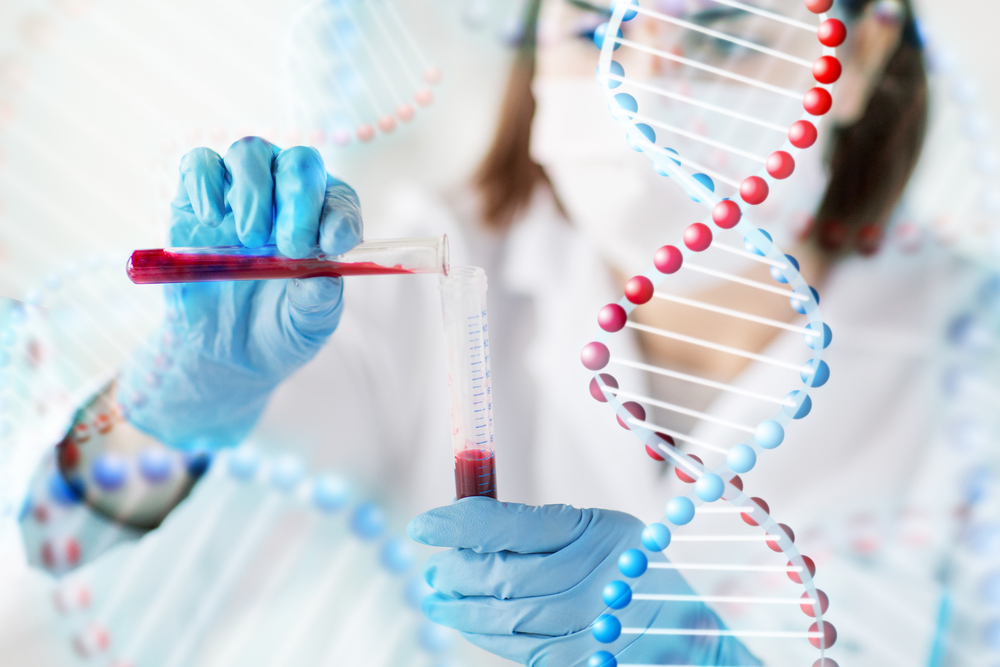Girl’s aHUS May Be Due to Autoimmune Thyroid Disease, Report Finds

Atypical hemolytic uremic syndrome (aHUS) can co-exist with autoimmune thyroid disease, and the two conditions may influence each other’s development, a case report suggests.
The report, “Atypical hemolytic uremic syndrome precipitated by thyrotoxicosis: a case report,” was published in BMC Pediatrics.
Autoimmune thyroid disease (AITD) is an umbrella term for disorders in which the immune system attacks the thyroid — a gland in the neck region that is important for regulating metabolism, primarily through the secretion of certain hormones.
AITD can result in either an overactive thyroid (hyperthyroidism) or an under-active thyroid (hypothyroidism), as is the case in Graves’ disease and Hashimoto’s disease, respectively.
In aHUS, a part of the immune system called the complement system is overactive and attacks cells that line blood vessels in the kidneys. AITD and aHUS can co-occur in the same person, though this is thought to be very rare.
Researchers at the Shengjing Hospital of China Medical University detailed the case of a 12-year-old girl who developed both disorders.
She arrived at the hospital after three days of nose bleeds, vomiting, fatigue, and evidence of blood in her urine. A battery of diagnostic tests were suggestive of AITD: the patient had abnormal thyroid hormone levels indicative of hyperthyroidism, and ultrasound imaging of the thyroid was also consistent with hyperthyroidism.
Levels of thyroid-specific autoantibodies — proteins made by immune cells that specifically target thyroid cells — were also elevated, which suggested an immunological origin to the hyperthyroidism (i.e., AITD).
She was started on propylthiouracil, a treatment for hyperthyroidism. Laboratory tests taken while on this treatment revealed low platelet counts (thrombocytopenia), and low red blood cell counts (anemia). Kidney tests were indicative of acute kidney injury.
These findings were suggestive of aHUS, and additional tests ruled out other conditions, such as anti-neutrophil cytoplasmic autoantibody (ANCA) vasculitis.
The girl was therefore treated on the assumption of an aHUS diagnosis. She was given therapeutic plasma exchange (TPE), where the plasma (the non-cell parts of blood) is replaced to remove the proteins that cause aHUS.
After two days, TPE “resulted in an excellent clinical and laboratory response,” the researchers wrote. The patient also switched from propylthiouracil to another hyperthyroidism treatment, methimazole (brand name Tapazole), “because propylthiouracil may trigger aHUS.”
Responding to treatment, the girl was discharged from the hospital. However, a month later, she was re-admitted after blood spots appeared on the upper arms. Laboratory tests again showed thrombocytopenia, anemia, hyperthyroidism, and acute kidney injury.
These findings “supported the diagnosis of recurrent aHUS,” the investigators wrote. “Therefore, we re-administered TPE once every other day for two sessions, and the response was good.” The girl’s thyroid levels returned to normal after starting treatment with thiamazole ointment, and additional medications were given to aid her kidneys.
Genetic testing was performed to look for mutations associated with aHUS; no clearly disease-associated mutations were identified.
“Based on this patient’s disease course, excellent treatment response to TPE, and the absence of a pathogenic mutation on genetic analysis, we favored that she might have aHUS caused by autoantibodies against the complement system, leading to excessive activation of the complement pathway and microangiopathic hemolytic anemia,” the researchers wrote.
“However, more evidence is needed to exclude the possibility that she had other genetic causes of HUS or HUS caused by activated complements,” they added.
They speculated that, as AITD and aHUS are both autoimmune in origin, they likely influenced each other’s development.
For example, hyperthyroidism is known to predispose the body to form blood clots, a hallmark feature of aHUS. As such, “hyperthyroidism may have been an important predisposing factor for aHUS in this patient,” the researchers wrote.






